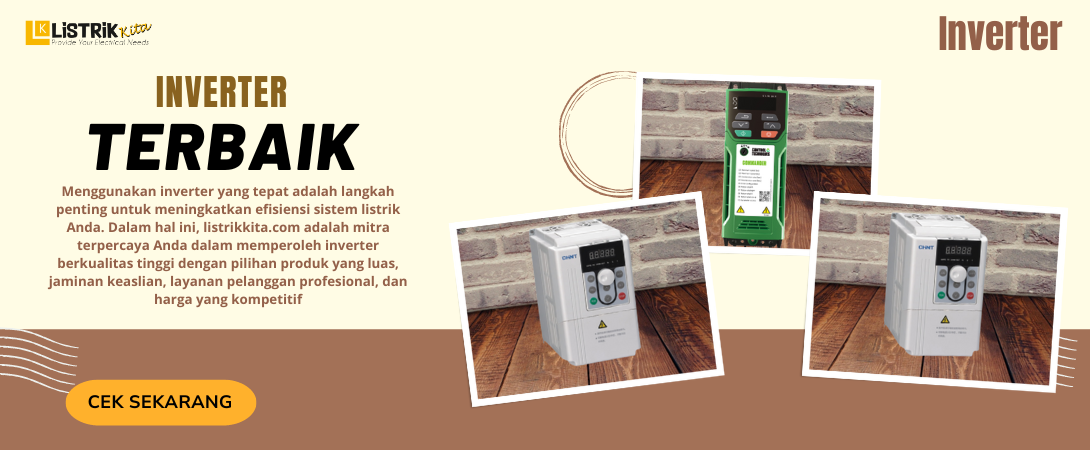
Electric motors are the workhorses of modern industrial and commercial applications, driving everything from pumps and fans to conveyor belts and compressors. The ability to control their speed and torque is paramount for optimizing efficiency, reducing energy consumption, and extending the lifespan of both the motor and the equipment it powers. This is where Variable Speed Drives (VSDs), also known as Variable Frequency Drives (VFDs) or inverters, come into play.
What Is a Variable Speed Drive (VSD)?
A Variable Speed Drive (VSD) is an electronic device that enables precise control over the speed and torque of an electric motor by varying the frequency and voltage of the supplied power. Unlike traditional on/off control methods, VSDs provide the capability to smoothly ramp up or down the motor's speed according to the specific requirements of the application. This level of control allows for improved performance, energy savings, and reduced wear and tear on both the motor and connected machinery.
Key Benefits of Using VSDs:
-
Energy Efficiency: One of the most significant advantages of VSDs is their potential to achieve substantial energy savings. Instead of running the motor constantly at full speed, which can be inefficient for many applications, VSDs adjust the motor speed to match the actual load requirements. This fine-tuned control minimizes energy wastage, resulting in lower electricity bills and reduced environmental impact.
-
Precise Speed Control: VSDs allow for accurate control over motor speed. This is crucial in applications where speed variations are necessary, such as conveyors, pumps, and fans. The ability to adjust the motor speed according to changing demands enhances process efficiency and product quality.
-
Soft Starting and Stopping: VSDs enable smooth and gradual acceleration and deceleration of the motor. This eliminates the abrupt current spikes associated with direct-on-line starting, reducing stress on the motor and the connected equipment. Soft starting and stopping also contribute to improved equipment reliability and longevity.
-
Reduced Mechanical Stress: By controlling the motor's speed and torque, VSDs minimize mechanical stress on belts, gears, and other components. This leads to less wear and tear, fewer breakdowns, and lower maintenance costs.
-
Improved Process Control: VSDs are invaluable in applications that require precise process control, such as manufacturing and industrial automation. They allow for consistent and accurate output, leading to enhanced product quality and reliability.
-
Flexibility and Adaptability: VSDs can be adjusted on the fly to accommodate changing operational requirements. This flexibility makes them suitable for a wide range of industries and applications.
Applications of VSDs:
VSDs find applications across diverse industries, including:
- HVAC (Heating, Ventilation, and Air Conditioning) systems
- Water and wastewater treatment
- Material handling and conveyor systems
- Pumping systems for irrigation and fluid transport
- Compressor systems
- Manufacturing processes
- Commercial and residential building systems
In summary, Variable Speed Drives (VSDs) are instrumental in modernizing and optimizing electric motor systems. Their ability to provide precise speed and torque control, improve energy efficiency, and extend equipment life makes them a crucial tool in various industries. By embracing VSD technology, businesses can not only enhance their operational efficiency but also contribute to sustainable energy consumption and reduced environmental impact



